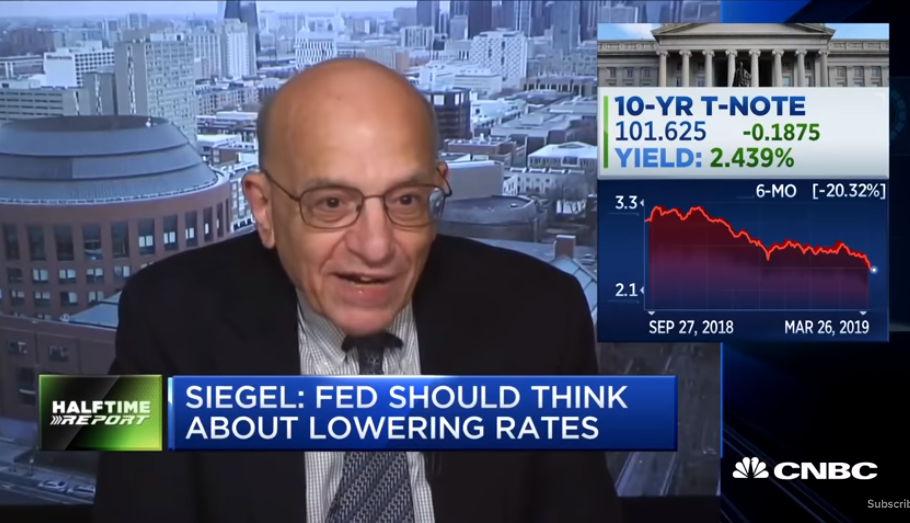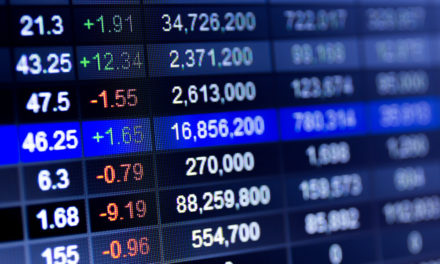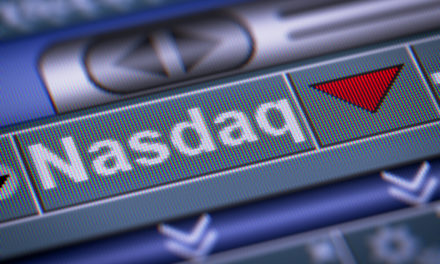Long-time stock market bull and Wharton School professor Jeremy Siegel joined President Donald Trump, a Wharton graduate, in taking aim at the Fed, saying groupthink caused it to make the mistakes that led to the market crash during the fourth quarter of 2018.
“Over the last 15 years, over 100 votes have been taken. There’s been one lone dissent by Fed governors against the policy of the chairman,” Siegel said on CNBC on Wednesday, hours before the Fed was set to wrap up its latest meeting.
That lone dissenting vote happened in 2005 when then-Fed Governor Mark Olsen voted against then-Chair Alan Greenspan.
The Federal Open Market Committee, or FOMC, has 12 voting members made up of the seven Fed board of governors who always vote, the New York Fed president who always votes, and four rotating regional Fed presidents.
“We look over 15 years, a lot of mistakes were made. You think there would be some more lively discussion,” Siegel said in blasting the Fed for its December rate hike when the market was tanking, while also projecting at least two more hikes in 2019. “If I were on the board, I would have dissented. I think they were not looking at the signals in the marketplace. By the way, they admitted it. They made a pivot a couple weeks later. But why did we need the market to fall 20% during that period?”
Siegel said it’s ridiculous to have nothing but 12-0 votes, unlike the Supreme Court where there are often 5-4 decisions and dissenting votes on nearly every case.
Since the Fed pivot and pause in rate hikes, the S&P 500 has taken off, hitting new record highs last week and this week after briefly dipping into bear market territory (decline of 20% or more) on fears the Fed was tightening too much.
Siegel also said he supports Stephen Moore for the Fed board, whom Trump also supports even though he hasn’t formally nominated him yet. Siegel supports Moore because he might finally be the man to break up those 12-0 votes, challenging the status quo.
“It doesn’t mean the person that is out of the box is right. There are smart people on the Fed. They’ll shoot him down if they don’t think he has the data to back it up,” Siegel said. “But I think you sharpen your own mind when you have someone out there giving a different viewpoint. You have to make your own arguments better.”
Moore has basically been a mouthpiece for Trump, touting rate cuts that Trump is calling for.
China is adding great stimulus to its economy while at the same time keeping interest rates low. Our Federal Reserve has incessantly lifted interest rates, even though inflation is very low, and instituted a very big dose of quantitative tightening. We have the potential to go…
— Donald J. Trump (@realDonaldTrump) April 30, 2019
….up like a rocket if we did some lowering of rates, like one point, and some quantitative easing. Yes, we are doing very well at 3.2% GDP, but with our wonderfully low inflation, we could be setting major records &, at the same time, make our National Debt start to look small!
— Donald J. Trump (@realDonaldTrump) April 30, 2019
Of course, noted economist Peter Schiff often wonders why we need rate cuts and more quantitative — recession-level measures — easing during a time when the economy is supposedly booming.
Do we have the strongest economy ever, in which case higher interest rates would be appropriate, or is the economy so weak that the Fed needs to prop it up with even lower interest rates and QE? You can't have it both ways!
— Peter Schiff (@PeterSchiff) April 30, 2019




